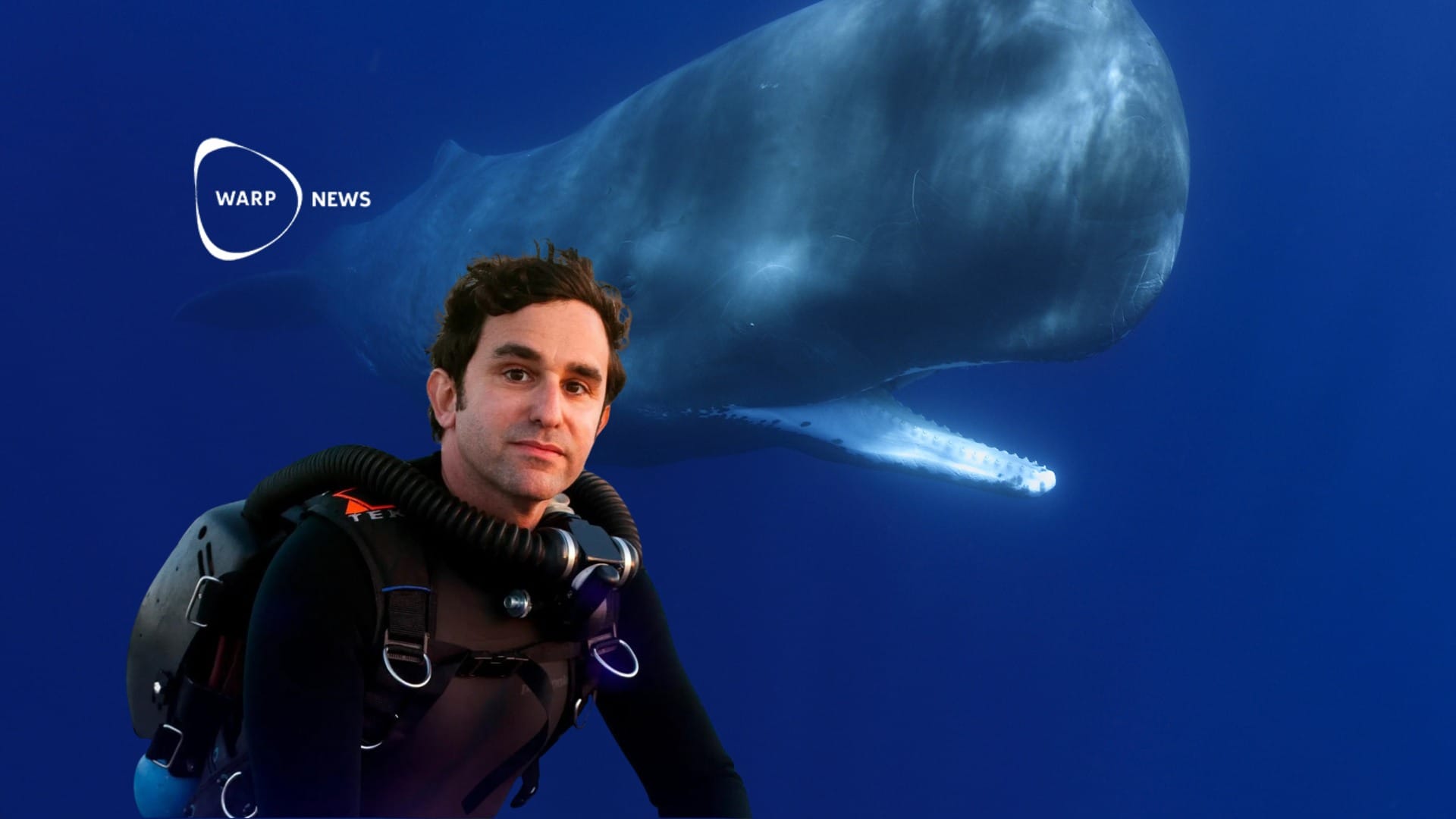
🌊 New AI tool can check up on ocean health from space
A new AI tool uses machine learning to gain insight into ocean health by analyzing the ocean’s colour.
Share this story!
Different colours of the water are indicators of ocean health. We often see the ocean as blue. Clean water deep enough so you don’t see the seafloor will always look blue to us because of the way water absorbs and scatters light. However, sand runoff, phytoplankton or pollution can make the ocean look green or brown.
For a long time, researchers have relied on the colour of the water to get a picture of the state of the ocean. A team from Stevens Institute of Technology has developed OC-SMART, a machine learning platform that can process ocean colours from satellite images very quickly, giving scientists important information on ocean health. Wei Li, a physicist at Stevens who worked on the project, said in a statement:
"OC-SMART is a general, all-purpose, easy-to-use platform,"
Freethink writes “Their work, which NASA will adopt, is one of the first platforms that can assess coastal and open ocean water to give a comprehensive picture of ocean health and how climate change impacts our water planet.”
This new program is developed to get more precise results and pictures by cutting through noise interfering and disturbing the information. Platforms used in the past had some trouble getting the information unless there was a blanket of clean air above the ocean. Knut Stamnes, a physicist at Stevens, said:
"It is vital to study coastal areas and inland waters. Even though these areas make up a small fraction of the world in terms of mass, it's where we live and where all the biological activity happens."
The team reports that the OC-SMART is one of the first programs of its kind to use machine learning algorithms. By processing satellite imagery data the platform analyzes the flow of energy between the ocean and atmosphere also known as the radiative transfer.
The final results include data on chlorophyll concentrations, the presence of phytoplankton, pollution concentrations among other helpful parameters of ocean health.
Especially phytoplankton concentration is an expanding field of interest in the quest to understand climate and ocean health. Phytoplankton, very tiny organisms, transform carbon dioxide into oxygen - thus being an important factor influencing the climate. The phytoplankton populations can multiply rapidly so it’s very important to assess them continuously.
"There are satellites now in orbit that are giving us more information on what's going on around the coasts and in places like the big lakes," said Stamnes. "So, this opens new areas of research. And with machine learning, it's a whole new game."
By becoming a premium supporter, you help in the creation and sharing of fact-based optimistic news all over the world.


